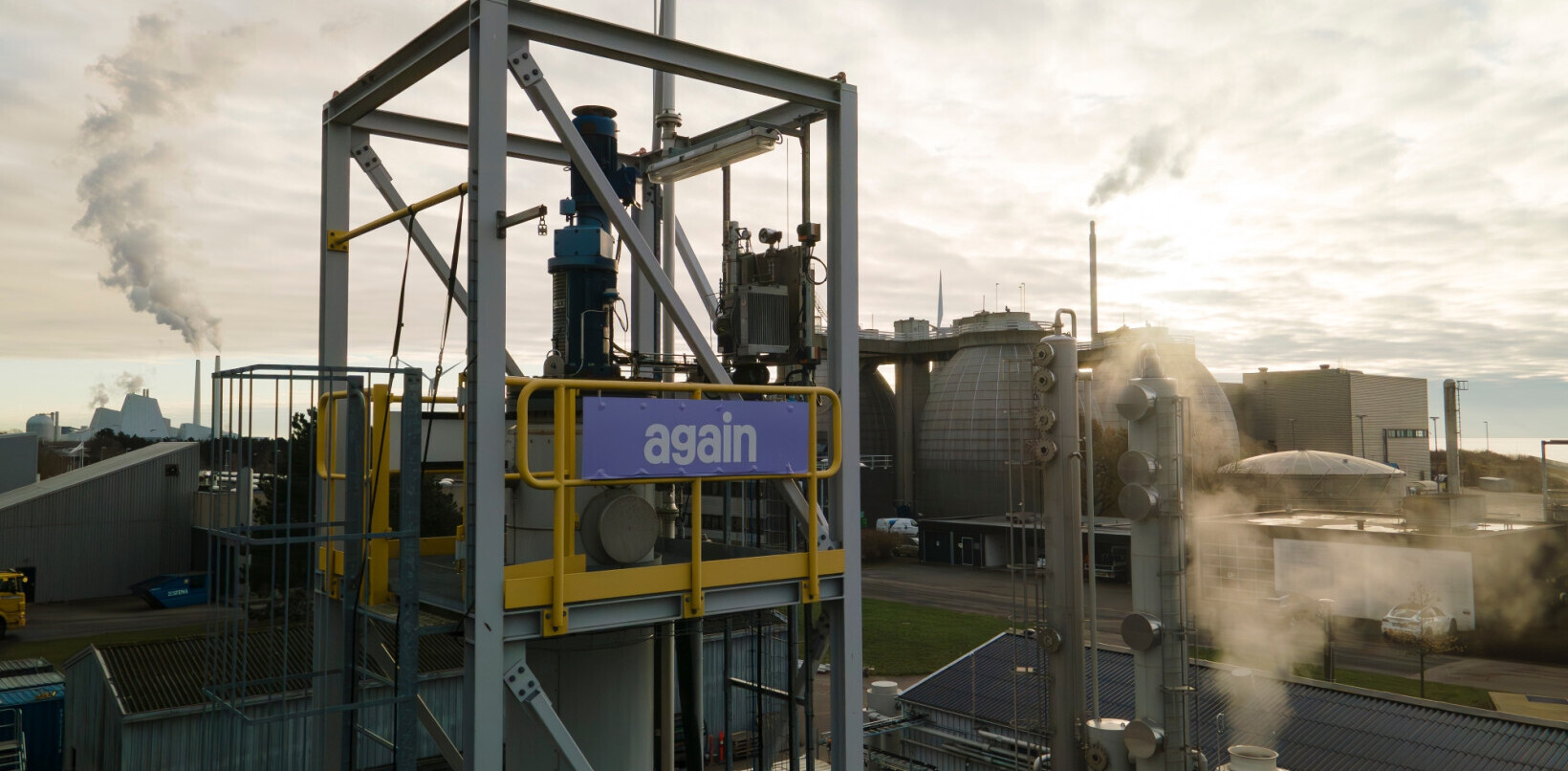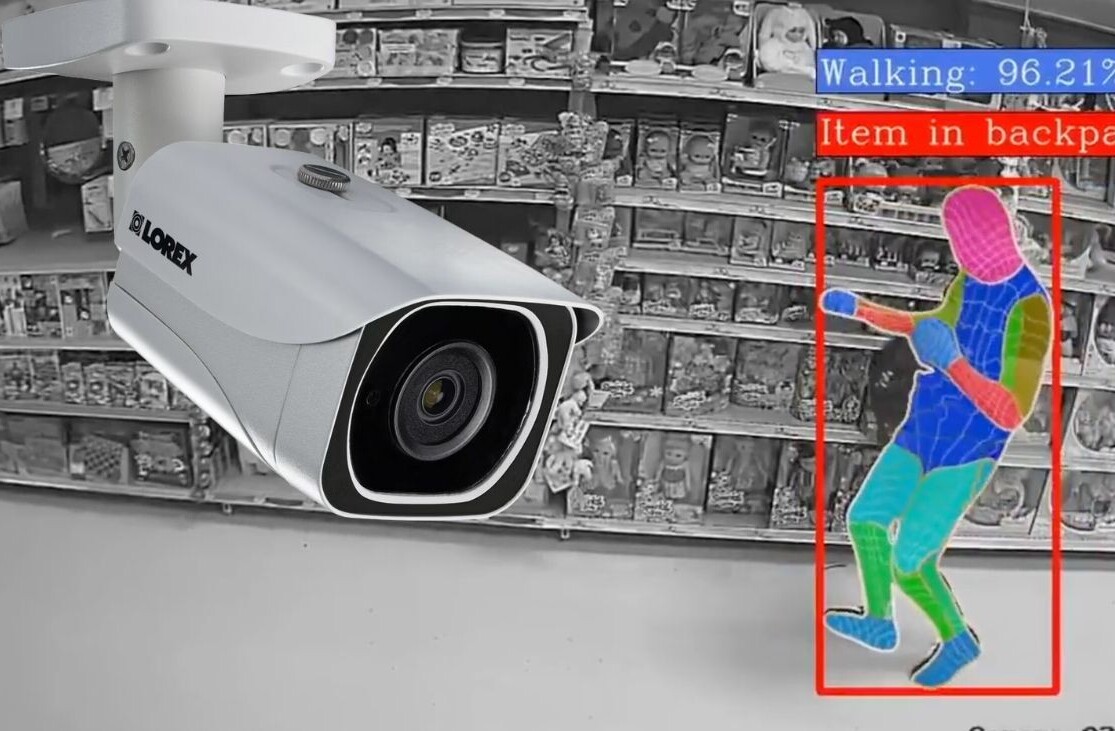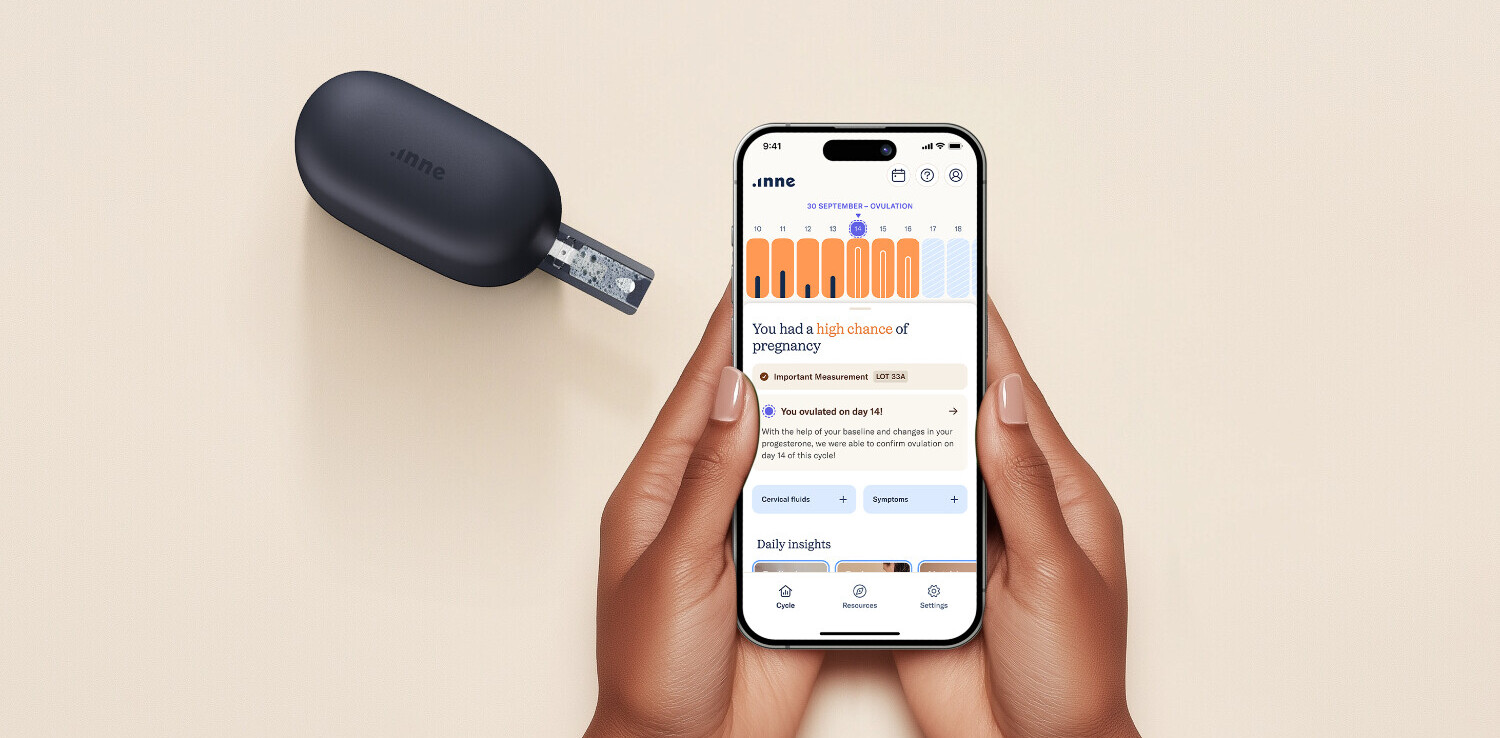
If you’re a tech junkie, you’ve inevitably thought about what it would be like to run into your future self, even just a year from now. What apps would be on your phone? How would your user experience change? What’s the next big thing you won’t be able to imagine your life without?
To find out we went to this year’s EIT Digital Challenge where some of Europe’s finest deep tech scaleups and late-stage startups were pitching cutting-edge solutions that will innovate everything from online security to our own personal well-being (see all 10 winners here).
We spoke with seven finalists and a representative from EIT Digital to get their predictions for what’s new in 2019:
1. Moving from personalization to individualization — Audeering
A finalist in the digital wellbeing space, Audeering combines audio analysis with emotional artificial intelligence to provide solutions for intelligent speech, music, and sound analysis. According to CEO Dagmar Schuller tech enhancements have brought us to the cusp of a major change in the way we develop, design and market our products and services:
“Personally, I think we have the technological possibilities now that are bringing us into a completely new age. Two decades ago, we entered the age of personalization when we started to develop target groups with specific needs and personalized content.
But new hardware processes and AI have brought us to the next phase: individualization. It’s not, ‘I’m part of x target group’ but ‘I am me.’ This individualization is key to our technology and really enables us to develop solutions for people.”
2. Down with native apps — Baqend
Baqend is a fast growing startup which helps companies accelerate page load and navigation times by 50-300%. Challenging the status quo, CEO Felix Gessert had an interesting insight into the trend that will define digital infrastructure in 2019:
“Our take is that, eventually, all native apps will disappear and be replaced by web-based tools. This trend is just getting started and it might well be that, in a few years, there won’t be any app stores and we’ll be back to how it’s supposed to be in the first place: open web applications.
Now there are these gatekeepers, such as Apple, who have a hold over how the technology works and how the marketing channels work, but once we are back to some sort of open Web, other players such as startups will get fair chances and space to grow.”
Google is currently fighting an antitrust ruling from the European Union for automatically installing its app store onto Android phones in Europe. Could this be a first step towards a new future for digital infrastructure?
3. Data-driven design will reign — Active Cues
Dutch startup Active Cues, one of the winners of the EIT Digital Challenge, developed “magic tables” (“Tovertafels” in Dutch) to stimulate the senses of those with cognitive disabilities, like people with dementia or kids with learning disabilities.
The “magic” is created by a little high-quality beamer that can be attached to the ceiling over the dining room table, projecting interactive games on top of it. With the help of sensors, people can play by moving their hands.
Sjoerd Wennekes, co-founder at Active Cues, expects to see an increase in the use of big data and data-driven design:
“With more than 2000 Tovertafel units installed in care homes throughout Europe, we learn more about our users every day. Not only how people with dementia benefit from our games but also how care workers use them.
This feedback is instrumental in improving our product, and as a result, we can help more people by improving their quality of life. We believe that big data has many more benefits and we are looking forward to learning from it even more.”
4. Centralized or decentralized digital identities? — ID Now
While the European institutions have put the focus of much of their recent regulations on protecting user data, this debate has brought to light the next big challenge users, businesses and institutions will have to overcome.
ID Now is a cutting-edge identity verification platform combining advancements in AI, machine learning and facial recognition to offer a wide range of KYC services. According to CEO Rupert Spiegelberg:
“When dealing in RegTech (regulatory technology) in particular, the big issue is always how quickly the regulatory arm can keep up with technological innovation. We talk to regulators all the time throughout Europe and to some degree, they might find it difficult to keep pace with those issues.
Historically, we have assumed that people are better at checking and verifying identities than computers. However, technology has recently become better than people. There is by definition a need for regulations to be up to date with these results and allow computers to start performing these tasks instead of humans.
Digital Identity is a very interesting trend to watch. Would you rather have it decentralized or centralized? The risks of a centralized approach links to the debate around data protection and the risks of fraud.”
5. Open data will become more important — Enerbrain
Another winner of the EIT Digital Challenge, Enerbrain, impressed the jury with its solution to make existing buildings more sustainable. The startup uses IoT sensors to better regulate HVAC systems (heating, cooling, and ventilation) to save energy and improve the air quality indoors.
According to Giuseppe Giordano, CEO of Enerbrain, open data and open source will be a driving force behind future innovations:
“The energy industry is ready for disruption and even the largest players need innovative services to retain customers and grow, especially when selling commodities is not as profitable as it used to be.
At Enerbrain, we are working on a hardware agnostic platform that can convert any building into a smart one, with a non-invasive and quick integration. Open data and open protocols are the building blocks on which we add our “brain.”
6. Optimizing user experience is key — Byhours
In an increasingly globalized world, more people spend their time on the go from city to city, passing and crisscrossing various time zones. Byhours is meeting the wide-ranging needs of world travelers by specializing in ‘microstays.’ COO Cyril Leefay had this to say about what’s coming in 2019:
“We’re experiencing a shift from creating products and services because we can, towards putting the customer and the attached experience of using a product or service at the center of the design process.
The hotel industry has always been keen to try new technologies and ways of doing things. Twenty years ago it was the first to accept the Internet as a sales channel, now 80% of bookings are made online. So, technology is obviously the way we are moving forward.
In the case of Byhours, we are now creating a new market, a new trend, where we believe customers should be able to choose their check-in and check-out times, paying the right price for their stay. We call it ‘microstay’ and we are convinced it’s the future of online booking.”
7. Using data to advance patient care — Monsenso
Today we share a large amount of personal info with digital marketers. Through the data generated by my preferences, social posts, and search history, they know more about my cat video to productivity ratio than I do. What if we could put digital data collection and machine learning to our own personal use by sharing more info about our health with our doctors?
Monsenso is a mobile application that connects patients, healthcare providers, and carers in a more effective way through the use of real-time mobile technology and improved data. When asked what trend will define the digital wellness industry in 2019, CEO Thomas Lethenborg’s prediction was:
“The harnessing of data to find better diagnostics and treatments, to ultimately make better decisions. We need to connect people to machine learning to fully leverage the improvements that it offers.”
8. Bringing digital solutions to traditional industries — EIT Digital Accelerator
Finally, as Europe’s leading digital accelerator program, we had a chance to speak with the hosts about where their focus will be in 2019. EIT Digital Challenge Lead Dominik Krabbe shared:
“We focus on five verticals in particular, which we believe will be most disrupted through digital technologies: Industry, Wellbeing, Cities, Finance, and Infrastructure.
Within Digital Industry, for instance, we then focus on three specific areas, manufacturing (industry 4.0, smart factory floor, robotics), logistics, and at last retail, including offline.
Some of these industries are very old fashioned and represent a lot of opportunities to innovate with smarter tools. How can we use digital technologies to support them in boosting their sales, gathering more customer insights, etc? Loads of insights on customers are gathered by online retailers but there is also a market to support in-store innovations for offline retailers.”
With so many possibilities it’s difficult to predict where exactly we’ll be this time next year but with these insider tips, we have a good idea of what to watch out for. Whether you work in one of these industries or you simply want to be on top of what’s to come, keep an eye out for these six upcoming trends.
Get the TNW newsletter
Get the most important tech news in your inbox each week.





